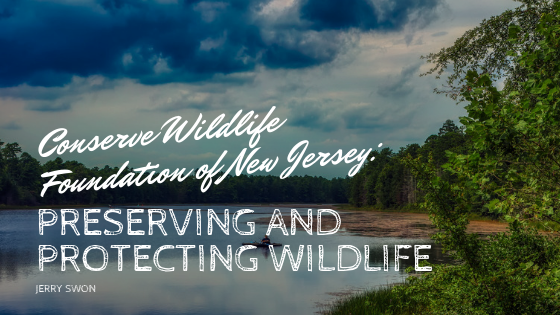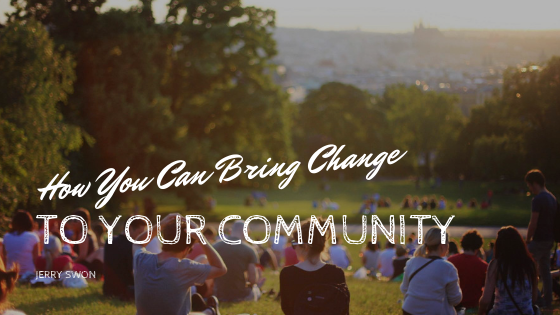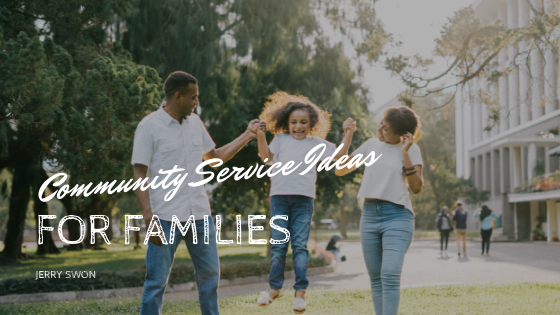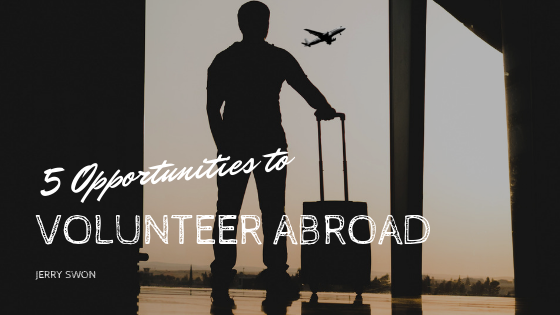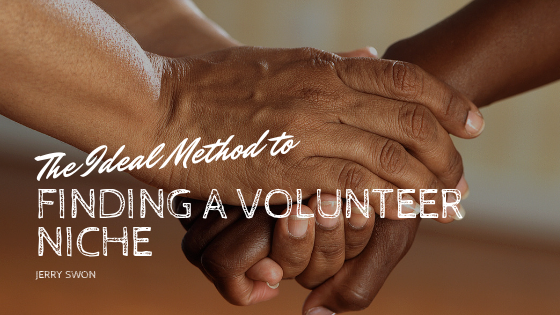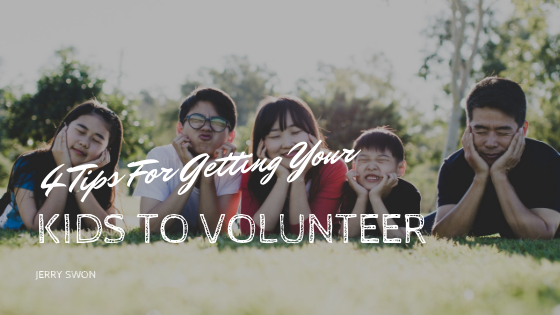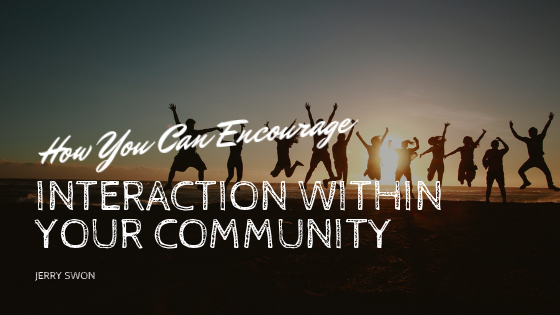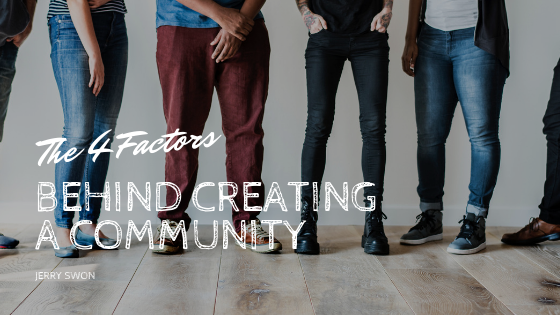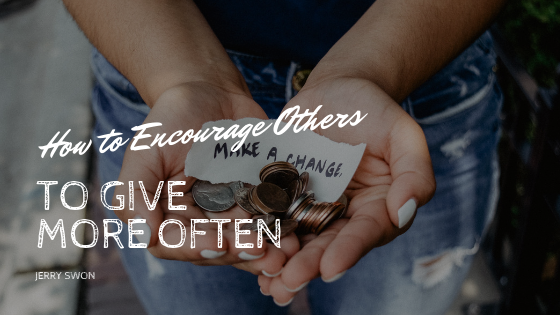Many people may view New Jersey as a small state filled with big cities and urban communities. The fact is though, New Jersey has much wildlife that is considered to be rare and endangered. These animals need help to survive.
These rare and endangered species can be found throughout the state, in the northern mountains, the central farmlands, and along the eastern shore. They even can be found living on bridges and skyscrapers. They struggle against the building of roads and developments, as well as, the contamination of the wetlands.
How the Conserve Wildlife Foundation of NJ Helps
The mission of the Foundation is to “preserve rare and imperiled species of wildlife that live and breed in, and migrate through New Jersey.” They research the best science and utilize known workable conservation techniques. They get the public involved by sponsoring educational activities and allowing volunteers to help. All of this effort is put forth to help endangered species to recover or to keep another species from becoming endangered.
The Foundation further accomplishes its mission by doing the following:
- Research the various types of species, their populations and their preferred environment.
- Implement conservation plans to impede the decline of populations and start the recovery of species.
- Restoring wildlife habitat that can support the growth of wildlife communities.
- Educating New Jersey citizens about the wildlife that lives here and how they are responsible to help protect it.
- Developing partnerships to help the Foundation be more effective and efficient.
- Developing a workforce of volunteers committed to protecting the biodiversity of N.J.
You Can Volunteer to Help Protect New Jersey’s Wildlife
The Conserve Wildlife Foundation of N.J. is looking for volunteers to help them fulfill their mission. Are you interested in helping to protect New Jersey’s rarest animals or helping restore important wildlife habitats? Would you like to help New Jersians have pride in their unique wildlife heritage? You can do that by helping out the Foundation. Listed below are some of the ways you can help.
- Join and become a member of the Foundation.
- Sign up to donate on a monthly basis.
- Volunteer to help; choose from a list of projects to support.
- Adopt a species.
- Attend and support a Foundation event.
The Conserve Wildlife Foundation of N.J. is working hard to keep wildlife in New Jersey’s future. They do this by building strong wildlife populations and habitats. They appreciate the support of other like-minded individuals. Maybe you can be one of those individuals.

